Longboarding pretty much starts with this move. If dancing is your thing, you should learn this trick before anything else.
Cross-stepping is one of the easier longboard tricks to learn, and it is relatively safe. Try it first while holding onto a rail or something if you’re starting out.
All you need is a flat, paved surface. It is best to learn to dance in an empty parking lot or similar area that is not too crowded.
How to Cross Step on a Longboard
Things you need to do cross-steps on a longboard
- Quality longboard
- Flat, large area
- Quiet location
Step 1: Start rolling
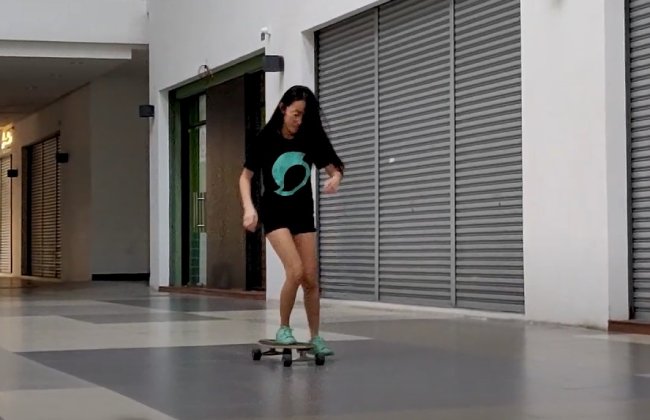
Get rolling at a reasonable pace – no slower than walking speed. Low speeds can make cross-stepping more difficult. You need momentum to keep the board stable, like riding a bike. You can have your feet as far apart as you like when skating.
Step 2: Shift your weight to the tail
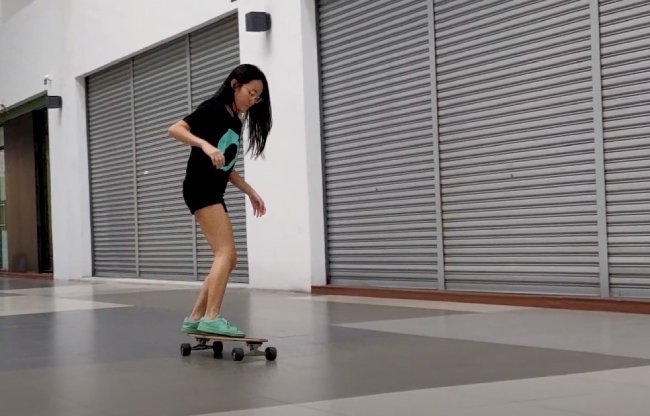
Keeping your front foot moving up towards your tail, change your stance to tighter. Balance yourself with your arms.
As you begin, your arms will wave around a lot. Once you master this, you’ll be able to balance all your weight with your body.
Step 3: Cross-stepping begins
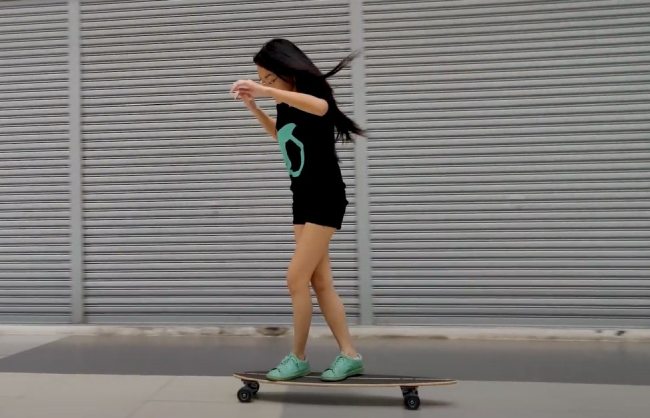
**Photo Courtesy: YouTube
Transform the weight by lifting the foot from the back to the front. Do this slowly and smoothly without rushing. You don’t need to hurry, master this step in small steps.
Step 4: Walking the board
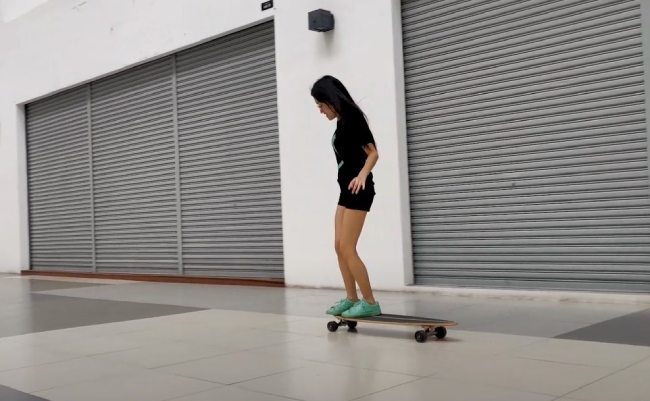
The next step is the hardest. You should now put your weight on your “new front” foot. You should put your back foot behind your front foot to find the board’s nose. Use your arms to balance and keep your balance smooth.
It’s a bit weird because your entire weight is on the wrong foot. Typically you use your back foot or your pushing foot for a brief period of time. A good skater should be able to balance on their front foot. This is necessary for pushing the board forward.
Step 5: Ride the nose
There you go, you made it! Have fun.
How to do backward cross step
The back cross-step, also known as backpedaling, is more difficult than cross-stepping. Regular practice is a must. Reverse the normal cross-step steps you learned in the above section to do this trick.
Tips for beginners
- Taking your time and keeping it smooth is the most important thing. Quick, jerky movements will lead to a slip.
- Train yourself not to look down when you’re skating after figuring out where your feet should go.
- It is harder to balance when you look down at your feet. Therefore, it is more likely that you will hit something, and it does not look good.
- Additionally, it’s best to avoid walking off the nose. Once you feel your board beneath you, you’ll be able to cross-step without looking down.
- Phase by phase learning is essential
- Smooth operations need speed. Having perfected your foot and body positioning, push harder and move smoothly. You’ll get the hang of it pretty quickly.
Do you need a fancy board to complete the cross step?
You certainly don’t an expensive board but you will need the right protective gear. A helmet and knee and shoulder pads, especially those starting out.
Some boards are designed for dancing and tricks, but you can first start out on a basic board. You can always upgrade to a better model once you have grasped the concept of cross-stepping.
Dance boards have extra features that can complicate things when you are learning. Most will have a double kicktail, then you can pop the board and perform manuals.
Dance boards are longer to allow for movement up and down. Also, they are softer, so they can flex more.

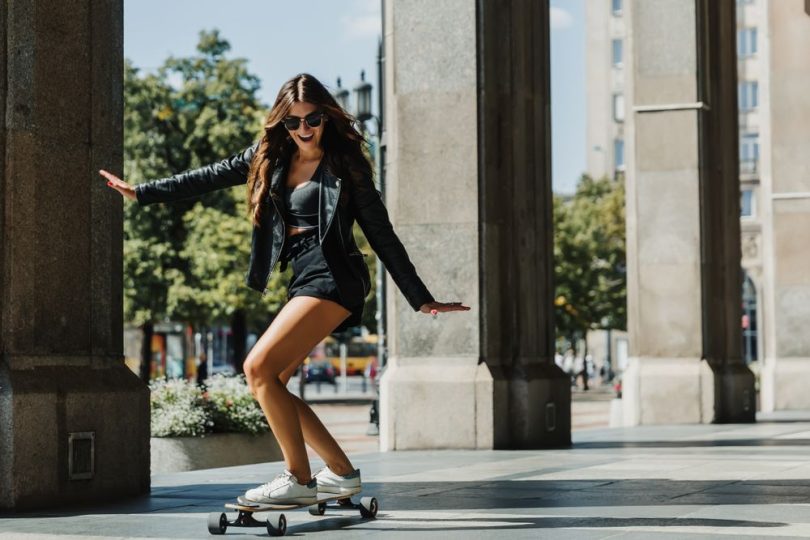
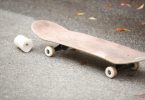
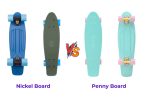
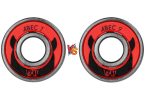
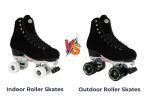
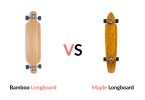


Leave a Comment